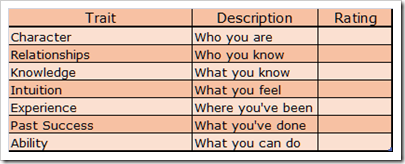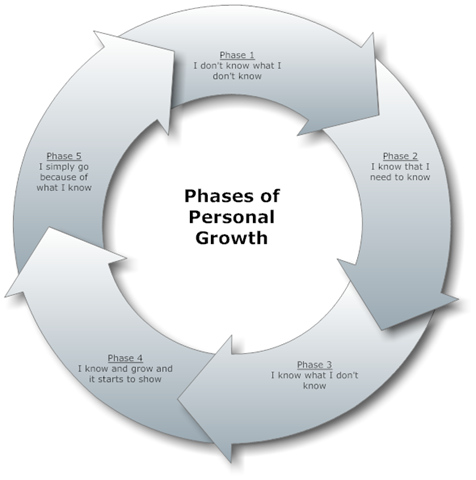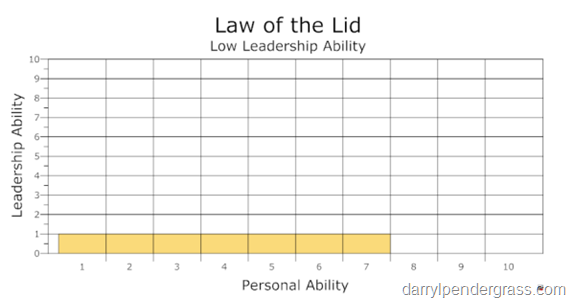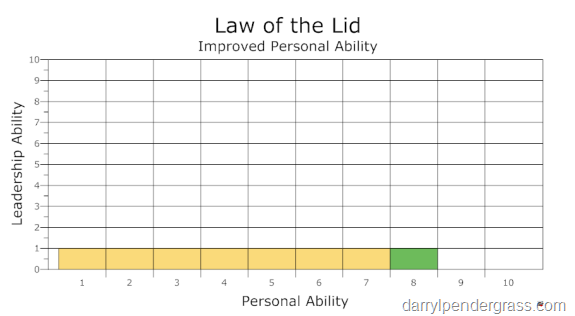In John C. Maxwell’s book The 21 Irrefutable Laws of Leadership: Follow Them and People Will Follow You , John discusses the importance of influence and the ability to lead.
, John discusses the importance of influence and the ability to lead.
Maxwell (2007) identifies five common myths about leadership. The first is the misunderstanding that management and leadership are equivalent terms. The second is that entrepreneurs are natural leaders. The third is that knowledge alone creates leadership ability. The forth is that pioneers must be leaders because they are at the front of the crowd. The fifth is that one’s position aligns directly with leadership. Maxwell claims that to identify a leader, skips the claims made by the individual, forget examining credentials, and ignore the person’s title but rather true leadership is identified by one’s influence and that people willingly follow.
Any assumption that management and leadership are synonymous terms limits individual and organizational creativity and innovation. Leading is a management function but restricting leadership to the realm of management fails to leverage important organizational capital. Management is the effective and efficient use of people and resources directed at attaining organizational goals (Bateman and Snell, 2004). Ignoring the leadership of individuals, outside the managerial ranks is a failure to recognize the potential contributions of important resources. Effectively leveraging the non-management leaders requires a healthy organizational culture that develops and supports the development of those individuals.
Management
Management delineates the officially recognized authority bestowed by an organization, with the manager as a realization of that authority. The manager; therefore, is responsible for accomplishing the organizational goals, which manifests in the oversight of the daily operations of the organization.
A manager can effectively oversee the daily operations and be successful without demonstrating the traits and behavior associated with leadership. For instance, in operations that are well defined, the manager’s responsibility lies in controlling the process from input to output. Developing a myopic view and focusing on the short-term is a common side effect of that responsibility. The myopic view is inappropriate in the today’s environment where globalization and competition press from every side. Organizations need manager-leaders that mobilize and energize employees, leveraging the collective brainpower to accomplish goals.
Management Leader
The management-leader recognizes the extension of his or her role to include coaching and orchestrating. The value of those skills will continue to grow well into the future. Batman and Snell (2004) differentiate between supervisory leadership and strategic leadership. While supervisory leadership focuses on the day-to-day operations, strategic leadership gives purpose to the organization.
Non-management Leader
In contrast to the manager and manager-leader, the organization bestows no formal authority to the non-management leader. However, neglecting to recognize the contributions of the non-management leader is a constricting force on the organization. The non-management leader exhibits characteristics that appeal to others. The appeal and admiration of the non-management leader are powerful traits and when properly channeled can motivate others to higher achievements. In addition to appeal and admiration, people recognize the knowledge and experience of individuals, creating yet another source of influence.
The insecure manager feels threatened by employees that exhibit those power sources and attempt to constrict the leadership. The astute manager; however, recognizes the aforementioned traits in people and seeks to develop and nurture those people and in affect, extend his or her own management capability and capacity. Successful organizations exhibit cultures that develop leaders at all levels of the organization.
Leadership Factors
Several factors contribute to your leadership ability. Character describes who you are at your core. People are attracted to leaders that display depth in their character. Building relationships contributes to your ability to lead. Growing your leadership ability depends on growing your relationships. Knowledge and the ability to process information contributes to your leadership ability. The knowledge factor alone does not guarantee you will be a leader, but without knowledge your leadership ability is hampered significantly. Intuition – the ability to sense intangibles – also contributes to leadership ability. Influence requires you to sense energy, morale, timing, and momentum. Your past experience influences others to trust you through an understanding of your credibility and capabilities. Likewise, your past successes contribute to your track record that builds confidence among those that follow you. Finally, your ability instills confidence that you can lead people to the goal.
The law of influence recognizes that your ability to influence people to willingly participate and follow you is true leadership. “No matter what anybody else may tell you, remember that leadership is influence – nothing more, nothing less” Maxwell (2007, p.20)
Action Plan
On a scale from 1 to 10, assess the techniques you rely upon to influence others and assemble a plan for improving your influence for the traits with low ratings.

Volunteer: volunteering for an organization tests your ability to lead by influence (referent power) rather than through positional(legitimate) power or coercive power, see definitions.
Links
Mind map of the 21 laws of leadership.
Reference
Bateman, T. S., & Snell, S. A. (2004). Management: the New Competitive Landscape (6th ed.). NewYork, NY: McGraw-Hill/Irwin.
Maxwell, John. (2007). The 21 irrefutable laws of leadership. Nashville, TN: Thomas Nelson Publishers.
Wikipedia. (2010). Power. http://en.wikipedia.org/wiki/Power_%28sociology%29#Five_bases_of_power






